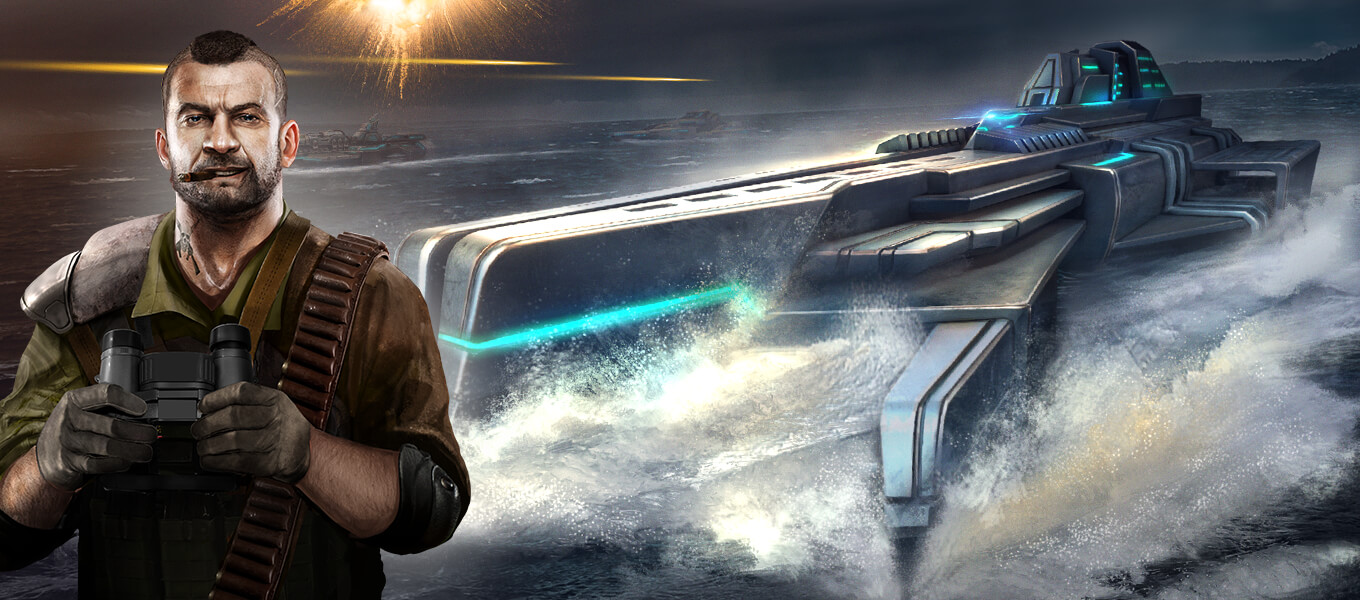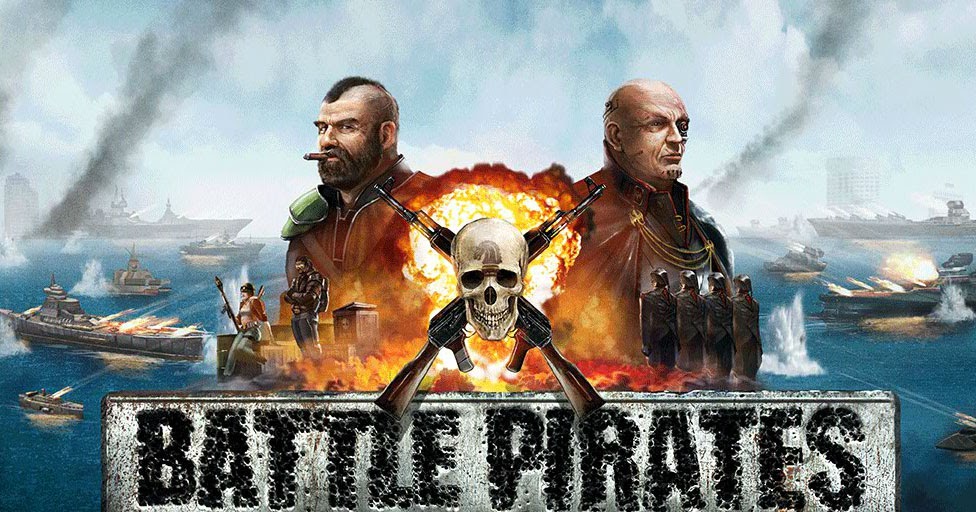The Age of Sail, spanning from the 16th to the 18th centuries, was marked by the rise of piracy, a phenomenon that captured the imagination of many. The battles fought by pirates are not only tales of swashbuckling adventure but also examples of ingenious tactics and audacious strategies. This article explores some of the most famous pirate battles, analyzing the tactics employed and the triumphs achieved, providing insights into what made these conflicts so significant in maritime history.
The Golden Age of Piracy: Context and Background
The Golden Age of Piracy refers to the period from the 1650s to the 1730s, during which piracy flourished in the Caribbean, the American colonies, and the waters of West Africa. Factors contributing to this surge included:
- Weak naval presence in the Caribbean, allowing pirates to thrive.
- The lucrative trade routes established by European powers, ripe for plundering.
- The allure of wealth and adventure, drawing many to piracy as a profession.
During this time, several notorious pirates emerged, engaging in battles that would become legendary. Understanding these conflicts requires an examination of the tactics employed and the outcomes achieved.
The Battle of Nassau: Pirates vs. the Royal Navy
One of the most significant battles during the Golden Age of Piracy was the Battle of Nassau in 1706. The conflict arose when a fleet of pirates, led by the infamous Edward Teach, better known as Blackbeard, faced off against the British Royal Navy. The battle was characterized by several tactical maneuvers that highlight pirate ingenuity.
Tactical Overview

- Deception: Blackbeard was known for using psychological tactics, such as creating fear through his fearsome appearance and intimidating behavior.
- Hit-and-Run Tactics: Pirates often engaged in skirmishes, attacking quickly and retreating before the Royal Navy could mount a coordinated response.
- Knowledge of Local Waters: Pirates were often familiar with the coastal geography, using it to their advantage to escape or launch surprise attacks.
The battle ultimately resulted in a temporary victory for the pirates, showcasing their ability to outmaneuver a formidable naval force. However, the Royal Navy would not give up that easily, leading to a continuous cat-and-mouse game in the Caribbean.
The Battle of the Bay of Biscay: A Clash of Corsairs
Another remarkable encounter was the Battle of the Bay of Biscay in 1689, involving the French corsair Jean Bart and the Dutch fleet. This battle is notable for its tactical brilliance and the boldness of Bart, who managed to defeat a larger force.
Tactical Execution

- Superior Maneuverability: Bart’s smaller ships were able to outmaneuver the larger Dutch vessels, allowing him to exploit gaps in their formation.
- Use of Cannons: The French ships were armed with fewer but more powerful cannons, allowing them to inflict significant damage on their opponents.
- Guerrilla Tactics: Bart employed hit-and-run tactics, striking swiftly and retreating before the Dutch could regroup.
The outcome was a resounding victory for Bart, which not only solidified his reputation but also illustrated the effectiveness of smaller, agile pirate vessels against larger naval forces.
The Battle of Cape Lopez: The End of a Legend
The Battle of Cape Lopez in 1722 marked a turning point in the life of one of history’s most notorious pirates, Bartholomew Roberts. This battle is often cited for its strategic errors and the tragic end of Roberts’ piratical career.
Strategic Failures

- Underestimation of the Enemy: Roberts underestimated the strength and resolve of the British Royal Navy, leading to poor tactical decisions.
- Divided Forces: His decision to split his fleet weakened their collective strength, making them vulnerable to a coordinated attack.
- Failure to Secure an Escape Route: Roberts did not adequately plan for a retreat, which ultimately led to his demise.
Roberts was killed in this battle, which served as a sobering reminder of the consequences of tactical miscalculations. Despite his death, his legacy lived on, influencing future generations of pirates.
The Legacy of Pirate Battles
The battles fought by pirates during the Golden Age were not just about plundering treasure; they were complex encounters that showcased a range of tactical approaches. The outcomes of these conflicts had lasting implications for maritime law and naval warfare.
Key Takeaways
- Pirate battles often involved psychological warfare, utilizing fear and intimidation as strategic tools.
- Knowledge of local geography was crucial for successful engagements, allowing pirates to exploit their surroundings.
- Tactical flexibility and adaptability were essential for pirates, enabling them to outmaneuver larger naval fleets.
- Many pirate victories were short-lived, highlighting the precarious nature of life on the high seas.
Conclusion: The Enduring Allure of Pirate Warfare

The famous battles of pirates reveal much about the art of warfare at sea during a tumultuous period in history. From the cunning tactics of Blackbeard to the audacious maneuvers of Jean Bart, these encounters are a testament to the ingenuity and bravery of those who sailed the treacherous waters of the Caribbean and beyond.
As we reflect on these historical battles, it becomes clear that the legacy of piracy is not merely one of greed and violence; it is also a story of strategy, resilience, and the relentless pursuit of freedom. The tales of these pirates and their battles continue to captivate our imaginations, reminding us of the complex interplay between courage and cunning in the fight for survival on the high seas.